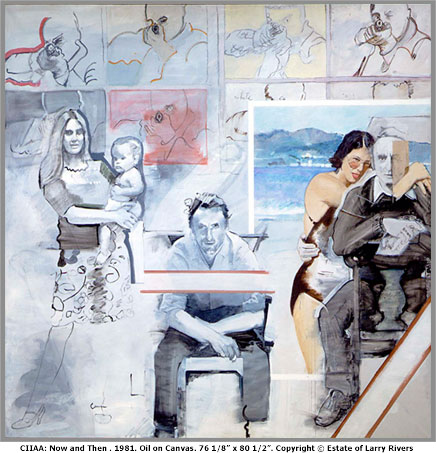Attaching a singularly defining label to Larry Rivers has
remained an elusive task for many who have tried to contextualize his
over 50 year contribution to the arts. Rivers was an accomplished Jazz
musician, a painter, sculptor, poet, actor, television personality,
filmmaker, an MC at nightclubs, a popular personality on the lecture
circuit, author and teacher. He’s been aptly referred to as “a
renaissance man,” but perhaps he’s most often recognized and ironically
at times equally underappreciated as one of if not the key founding
fathers of Pop Art.
Andy Warhol never made it a secret that he
was influenced by Rivers art, but in perhaps a more revealing quote from
the book “Popism” Warhol recognizes Rivers unique persona as an
influential ingredient in the development of Pop Art. Warhol said,
“Larry’s painting style was unique – it wasn’t Abstract Expressionism
and it wasn’t Pop, it fell into the period in between. But his
personality was very Pop.”
It was Rivers’ Pop personality that
motivated him to be out in front of his works, serving as part of the
package, a delivery system to drive home his particular point of view.
Critics have often accused Rivers of stealing the spotlight from his own
work. But Rivers considered it more of a way to authenticate his work,
because his work could not be authenticated by any particular “ism”.
It’s true, Rivers work wasn’t Pop and it wasn’t Abstract Expressionism,
it was more of an ongoing dialogue with art and ideas, an expansive
bridge between two significant art movements.
There’s a certain
prophetic irony in the name Larry Rivers. He became famous for making a
work about a River Crossing, and then continued to cultivate a career as
an influential transitional artist; a builder of bridges.
He was
born Yitzroch Loiza Grossberg, in the Bronx, New York in 1923 to Samuel
and Sonya Grossberg. In 1940 he began a career as a professional Jazz
Saxophonist. He soon changed his name, after being introduced as “Larry
Rivers and the Mudcats” at a New York City club. In 1942 he enlisted in
the United States Army Air corps, but within a year was honorably
discharged from the armed forces for medical reasons. In 1944 he studied
music theory and composition at the Juilliard School of Music, where he
met and became friends with Miles Davis and Charlie Parker.
In
1945, fellow musician Jack Freilicher showed Larry Rivers a painting by
Georges Braque and in that same year after seeing the Cubist work,
Rivers started painting. From 1947 to 1948 he studied in Hans Hofmann’s
School of painting. Following his experiences with Hoffman, he continued
his studies and in 1951, he received his BA in art education from New
York University. Since graduating NYU in 1951, he received honorary
doctorates from several other institutions.
In 1949 he had his
first one-man exhibition at the Jane Street Gallery in New York. This
same year, he met and became friends with John Ashbery, and Kenneth
Koch.
In 1950 he met Frank O’Hara. This same year he took his
first trip to Europe spending 8 months in Paris reading and writing
poetry. Beginning in 1950 and continuing until Frank’s death in July of
1966, Larry Rivers and Frank O’Hara cultivated a uniquely creative
friendship that produced numerous collaborations, as well as inspired
paintings and poems. Beyond these more publicly recognized works, the
two friends maintained a 15-year correspondence, exchanging numerous
documents mostly comprised of letters with some poetry.
In 1951
Rivers’ works are shown by John Myers at the Tibor de Nagy Gallery where
he continued to show annually (except 1955) for 10 years. A 1952
collaboration with Frank O’Hara included designing the stage set for
O'Hara's play "Try! Try!".
In 1953 he completed Washington
Crossing the Delaware. Of this seminal work, many years later, Rivers
offered insight into the development of his persona by addressing the
provocative nature of this work. In his Autobiography he wrote, “The
idea of Larry Rivers was born with Washington Crossing the Delaware.”
In
1954 he had his first exhibition of sculptures at the Stable Gallery,
New York. In 1955 The Museum of Modern Art acquired Washington Crossing
the Delaware. This same year he won 3rd prize in the Corcoran Gallery
national painting competition for “Self-Figure.” Rivers’ also painted
“Double Portrait of Berdie” in 1955, which was soon purchased by the
Whitney Museum.
In 1957 his mother-in law Berdie Burger, subject
of the famous work “Double portrait of Berdie” as well as the subject of
many of Rivers other drawings and paintings died at age 66. This same
year he and Frank O’Hara began work on “Stones,” a collaborative mix of
images and poetry in a series of lithographs. This was the first project
for Tatyana Grosman’s company ULAE. During this time he also appeared
on the television game show “The $64,000.00 Question” where along with
another contestant, they both won, each receiving $32,000.00. In 1958 he
spent a month in Paris and played in various jazz bands.
In 1959
he painted Cedar Bar Menu I and II. This same year, adapted from a Jack
Kerouac play, along with Allen Ginsberg, Gregory Corso, Peter Orlovsky,
David Amram, Richard Bellamy, Alice Neel, Sally Gross, Pablo Frank,
with narration by Kerouac, Rivers appeared in the film “Pull My Daisy.”
Rivers
continued to cultivate a strong interest in collaboration, working with
the poet Kenneth Koch on the collection of picture-poems New York
1959-1960. In 1961 he met Jean Tinguely; together they produced several
collaborative works, including the “The Friendship of America and
France” shown at the Musée des Arts Décoratifs, Paris.
Rivers
first comprehensive retrospective in 1965 included 170 works comprised
of paintings, drawings, sculptures and prints. The show toured five U.S.
museums. Rivers prepared “The History of The Russian Revolution: From
Marx to Mayakovsky” for inclusion at the final venue, an exhibition at
the Jewish Museum. Of this work Rivers remarked: “it’s either the
greatest painting-sculpture-mixed media of the 20th century, or the
stupidest."
In 1966 Rivers designed the sets and costumes for
Stravinsky's Oedipus Rex; a performance with the New York Philharmonic
under Lukas Foss. Rivers set the opera in a boxing ring, and dressed the
chorus in sleeveless undershirts and sunglasses; the production
outraged critics and audience alike.
The following year he
traveled to central Africa to film the television documentary “Africa
and I” with Pierre Gaisseau. This same year he participated in the
Museum of Modern Art’s memorial exhibition for poet and curator Frank
O’Hara.
In 1968 he returned to Africa with Gaisseau to complete
the documentary film. The two narrowly escaped execution as suspected
mercenaries.
In 1970 he began working with videotape. This same year he completed “Some American History” for the De Menil Foundation.
In
1976 he traveled to Russia at the invitation of the Union of Soviet
Artists where he lectured in several cities on contemporary American
art. Traveling with is son Steven Rivers, the two documented this trip;
making videotapes along the way. Continuing to experiment with various
mixed media, Rivers began producing works generated by combining color
carbon paper, a technique that he demonstrated as a guest on the Dick
Cavett show.
In 1978 he began work on the “Golden Oldies” series
where, consistent with his efforts to investigate historical subject
matter, he reexamines his own works of the 50’s and 60’s.
Throughout
the early 80’s Larry Rivers’ works form the basis for several
retrospectives, beginning in 1980 with the retrospective exhibition at
Museo de Arte Contemporáneo de Caracas. In 1980-81 his works form the
basis for the traveling retrospective exhibition: Kestner-Gesellschaft,
Hannover Kunstverein, Munich Kunsthalle, Tubingen Stattliche Kunsthalle,
Berlin. In 1983 The Guild Hall Museum, East Hampton, New York and Lowe
Art Museum, Coral Gables, FL, exhibited a thirty-year survey.
Commissioned
by Jeffrey Loria in 1984, Rivers worked from 1984-85 on the “History of
Matzoh (the Story of the Jews)” which was subsequently exhibited at The
Jewish museum, New York. In 2006, honoring Rivers’ desire to have this
work exhibited in a more permanent public venue, Jeffrey Loria donated
“History of Matzoh” to Yale University to remain on permanent display.
Building
on his earlier experimentation's with three-dimensional works, Rivers
developed a formula for creating three-dimensional relief paintings that
focused on a broad range of subjects. He documented this technique in a
film he made called “Duck Farm.”
In the 1990’s, Rivers work is
either the subject of or included in a wide variety of comprehensive
shows: A retrospective of his paintings and drawings, “Public and
Private” opened at the Butler Institute of American Art in Youngstown,
Ohio in 1990 and toured the United States until 1992. In the fall of
1991, he was featured in an exhibition “Pop Art” at the Royal Academy of
Arts in London and in “American Realism and Figurative Art 1952-1991”,
an exhibition that traveled to five museums in Japan. The exhibition
“Copier/Créer de Turner á Picasso, 300 Oeuvres inspirées par les Maîtres
du Louvre”, organized by the Louvre in Paris in 1993, included several
of his works. “Hand-painted Pop: American Art in Transition 1956-62,”
which originated at the Museum of Contemporary Art in Los Angeles and
traveled to the Whitney Museum in New York in 1993, also included works
by Rivers. One of his three dimensional works was selected for the
exhibition “Slittamenti,” a segment of the 1993 Venice Biennale.
In
1992, Harper Collins, New York, Published Larry Rivers’ Autobiography,
“What did I do?” At the same time Rivers’ is also the subject of several
scholarly monographs and videos, and a doctoral dissertation.
In
1993, a solo exhibition entitled “Art and the Artist” marked a
thirty-year association with Marlborough Gallery in New York. The
exhibition traveled to Marlborough in Madrid, Spain. In 1994 a show at
the Nassau County Museum of Art entitled “Art After Art” featured
paintings by Larry Rivers.
Rivers was also a central figure in the
major exhibition entitled “Bop, Beat, and Beyond” in 1995 at
Australia’s Museum of New South Wales. This show explored the
connections between visual artists, musicians and writers of the beat
period. He was also featured in the comprehensive exhibition “Beat
Culture and the New America (1950-65)” at the Whitney Museum of American
Art in New York in 1995.
In 1997, the Philharmonic Center for the
Arts in Naples, Florida mounted a retrospective of Rivers’ works from
1980-1997. Marlborough Gallery in New York featured his solo exhibition,
“Recent Works”, and Ulysses Gallery in Vienna, Austria featured his
early works on paper.
Rivers’ early interests in fashion as a
subject reemerged in 1997 and continued as a theme in his “Fashion
Show”, a 1999 solo exhibition at Marlborough Gallery in New York. From
1999 through 2000 he embarked on a project commissioned by Jeffrey
Loria; “The History of Hollywood” is a montage painted across four 8’ x
10’ panels, painted with Hollywood’s memorable moments. An additional
seventy-five drawings came out of “The History of Hollywood.”
In
2001 Marlborough presented a second “Fashion Show” which previewed,
appropriately, at Lord & Taylor Department Store on fashionable
Fifth Avenue in New York and moved on to Marlborough Gallery in Monte
Carlo.
In 2002 Larry Rivers was as busy as ever with a major
retrospective at the Corcoran Gallery of Art in Washington, DC and a
show of early works at Tibor de Nagy Gallery in New York in the spring.
With another “Fashion Show” scheduled at Marlborough Gallery in the
fall, Rivers continued working on fashion paintings up until three
months before his death in August, 2002. Obituaries appeared in various
newspapers and periodicals worldwide, with national coverage that
included among others, Time Magazine and the front page of the New York
Times, where they honored a formerly predicted front-page coverage of
his passing.
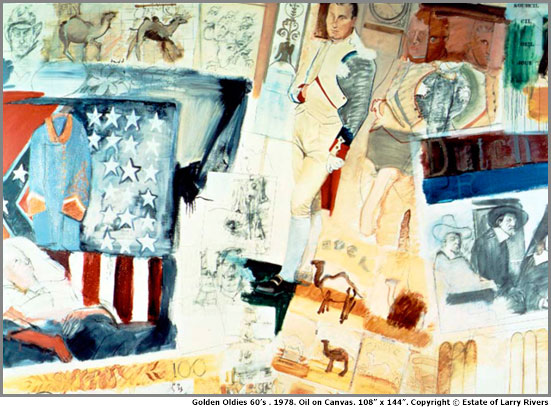




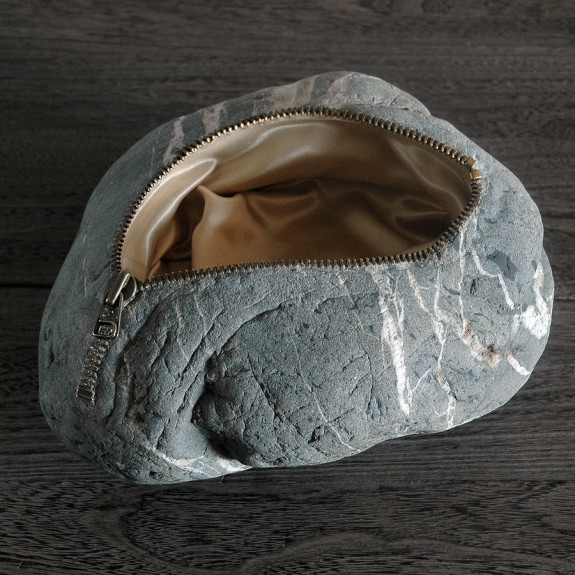
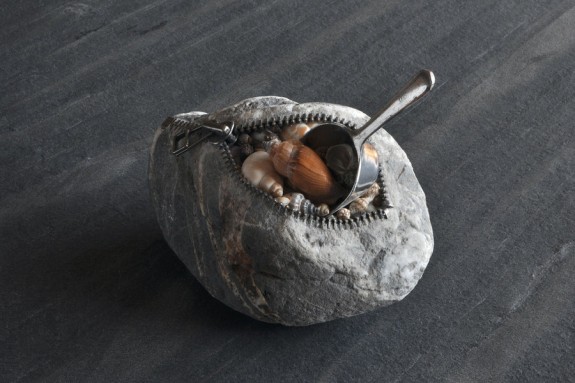

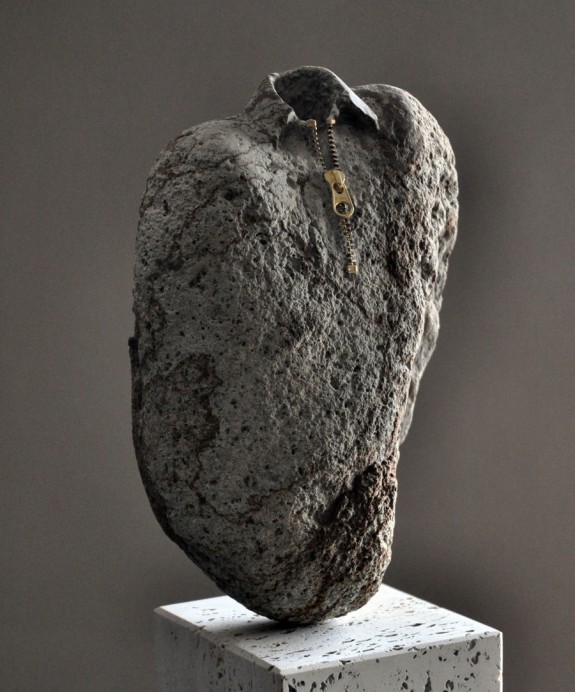
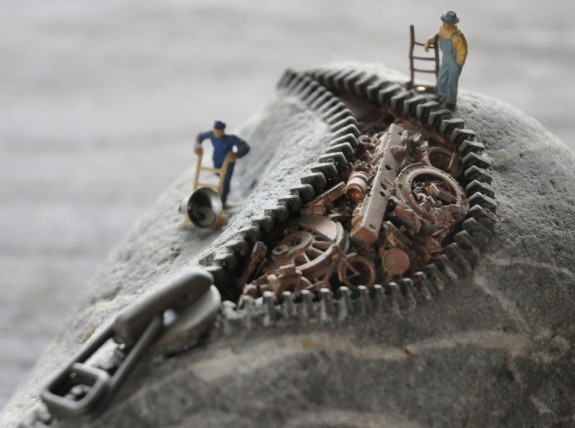
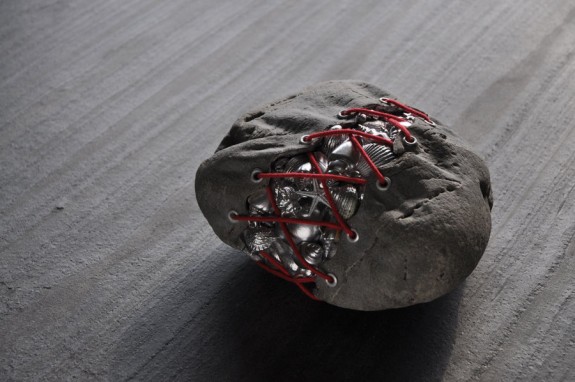
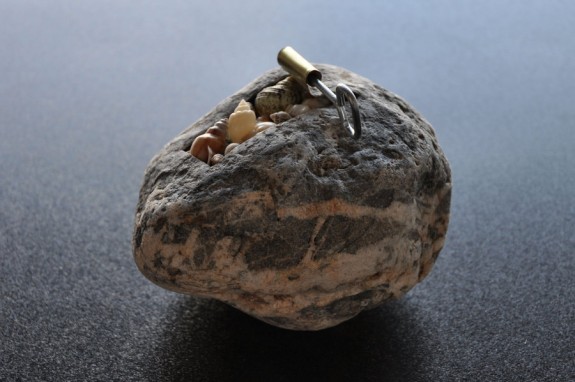
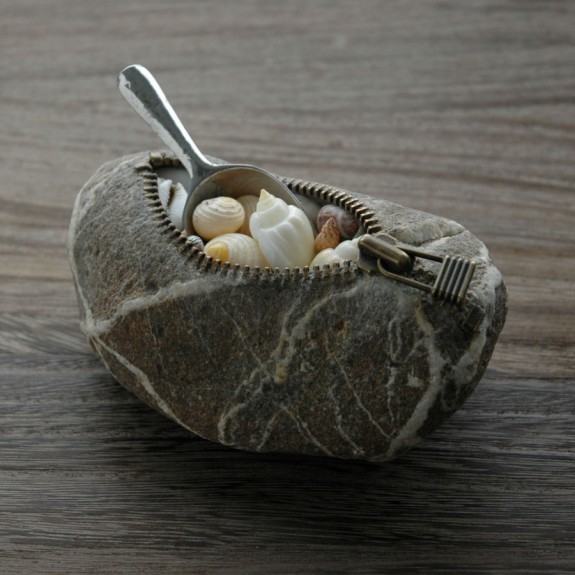
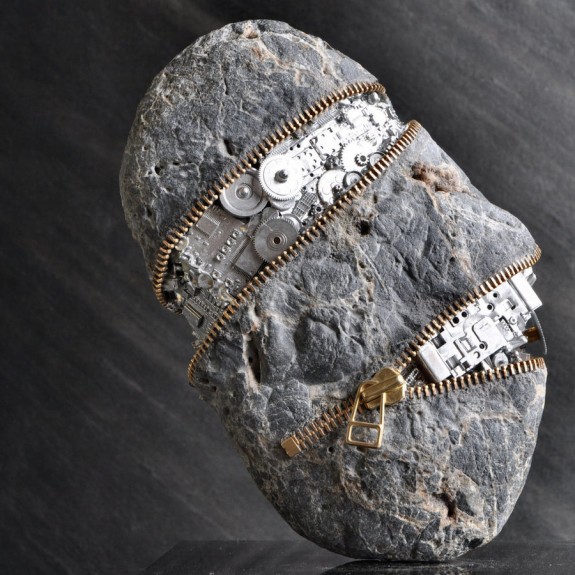
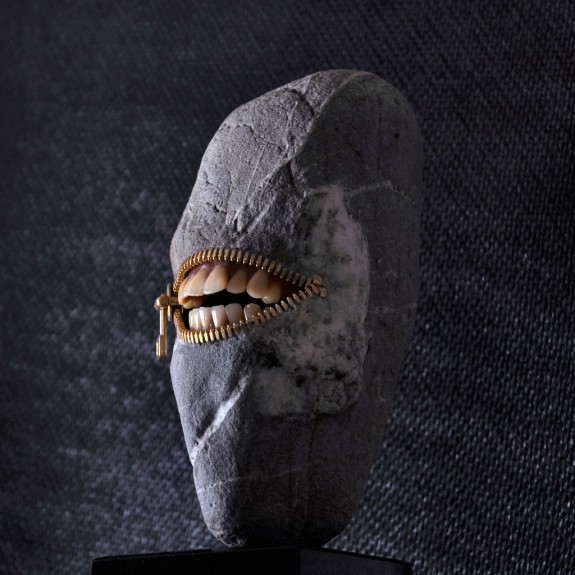
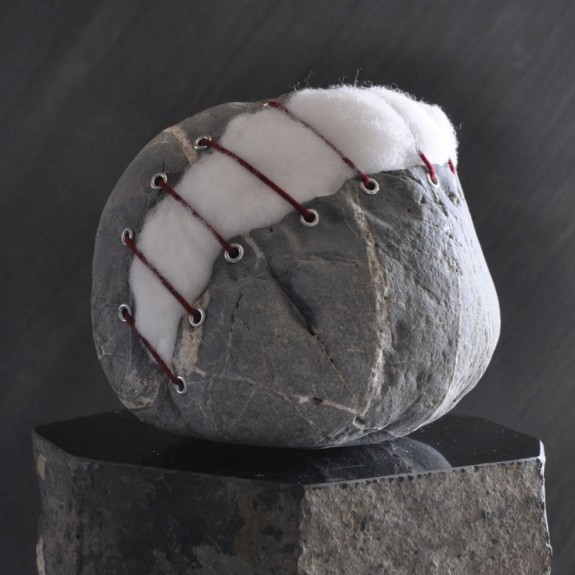
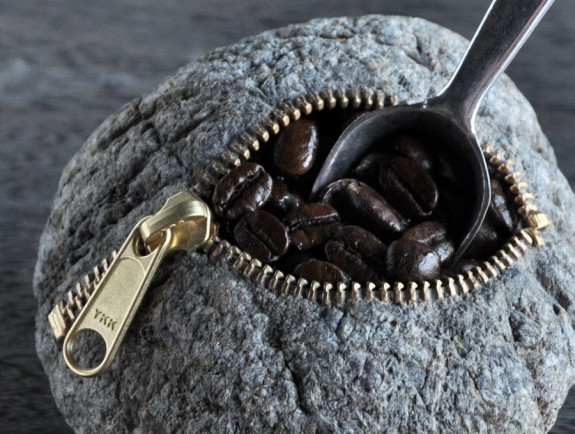
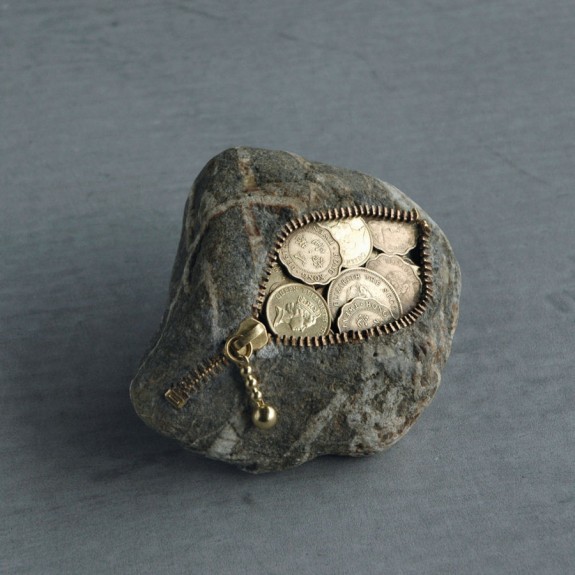
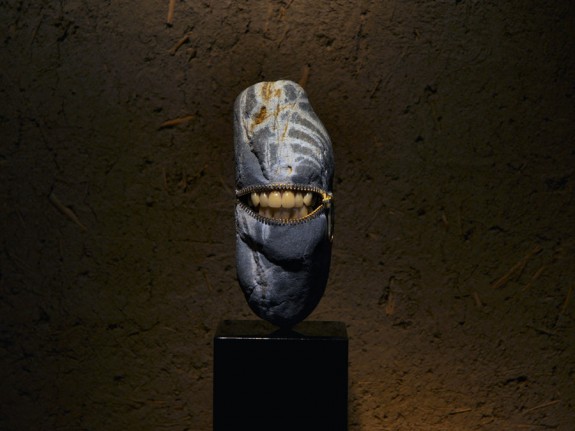


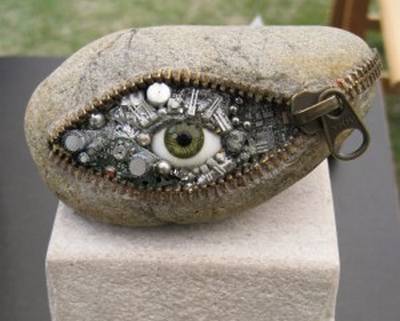



















 On the phone
On the phone
 Camels
Camels


